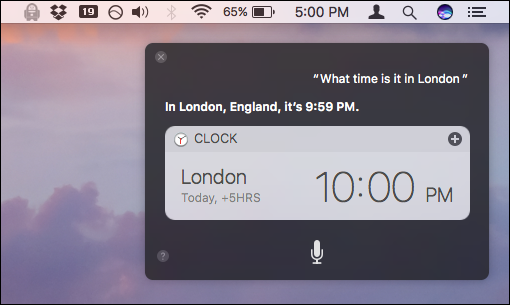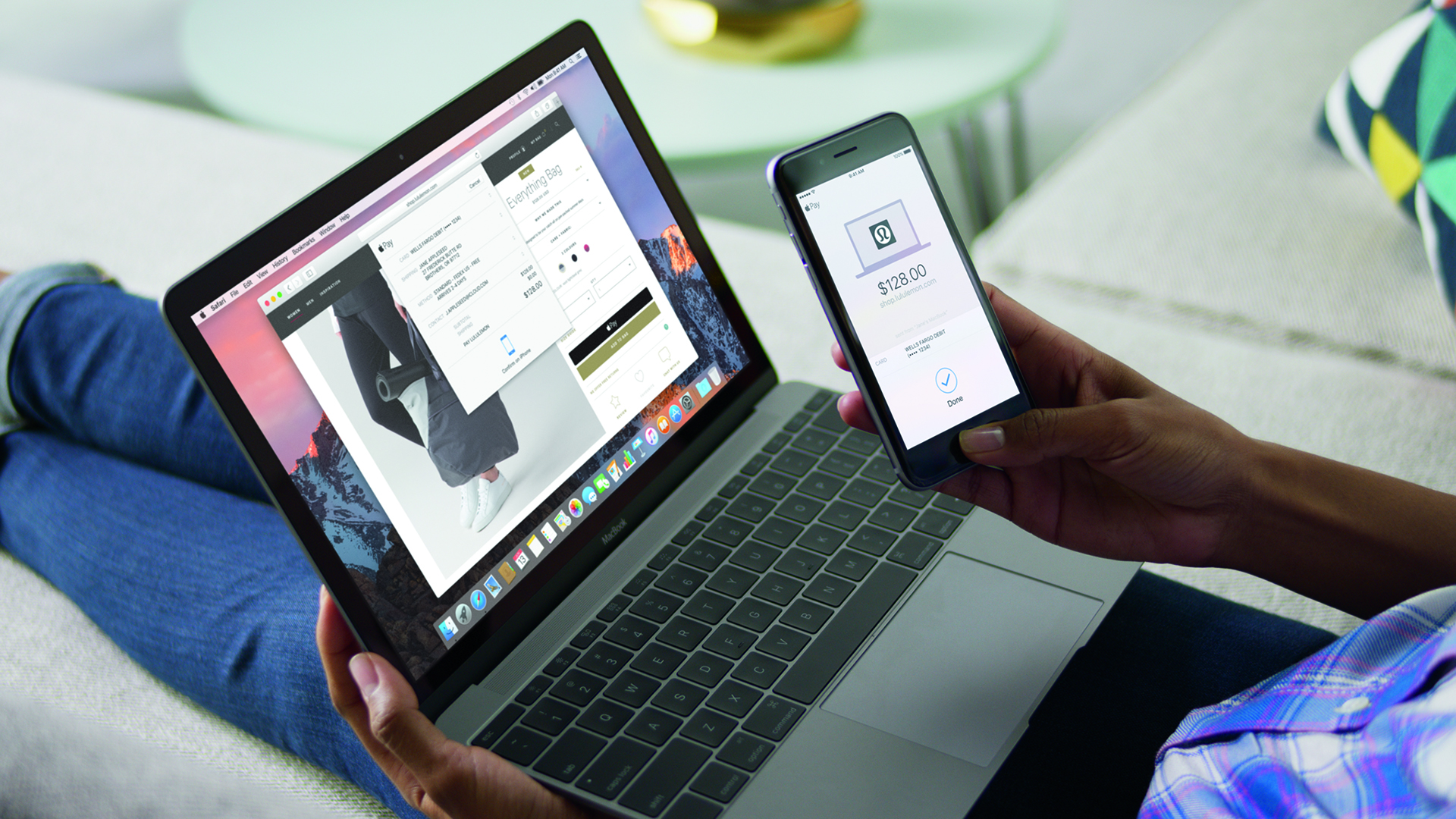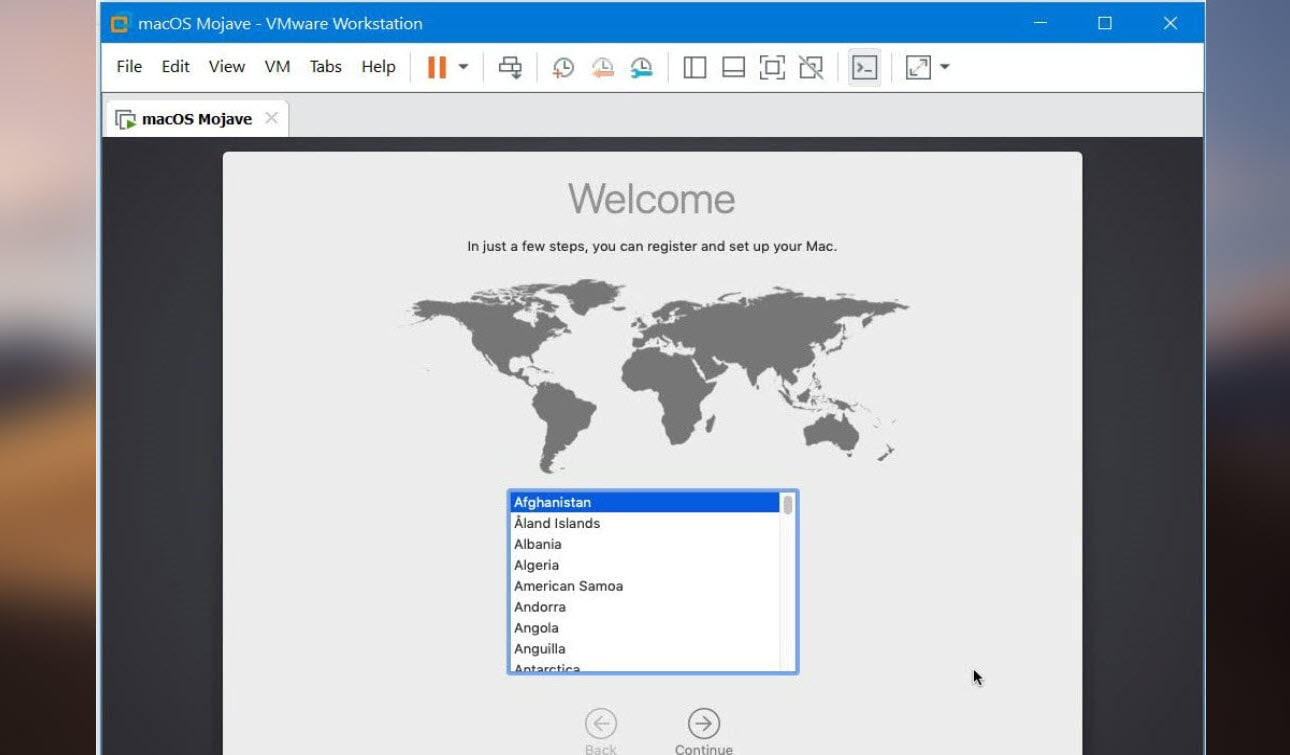Everyone seems to love Sierra, but if your experience is like dragging your Mac through a swamp then it’s time to do something about it.
- Free Download Mac Os Sierra
- Why Is Mac Os Sierra So Slow Internet Explorer
- Why Is Mac Os Sierra So Slow Version
- Why Is Mac Os Sierra So Slow
Mac runs slowly after macOS High Sierra upgrade. If your Mac is running noticeably slower after upgrading, there are a number of things you can try to speed up macOS High Sierra and fix any. That is probably why the entire Mac lineup is SSD-based now. Solving slow mac performance using money to buy new hardware is one option of course. But you should try the others first. (Although SSD is extremely nice to have, you never want to go back!). I hope this guide helps you to get your Mac in shape.
Let’s fix slow macOS Sierra
In this guide we’re going to highlight the most common problems that cause a slow Sierra and the solutions to help you speed up macOS. These solutions can be performed by anyone, but we’ve ordered them from easiest to hardest.
See how far up the Sierra speed solution ladder you can get.
Free Download Mac Os Sierra
Step 1 - Eliminate desktop clutter
Difficulty: Easy
Are you someone that puts everything on their desktop? To load all those icons takes up system resources that could be used for better things. Delete what you don’t need and group what you do into folders to improve macOS Sierra performance.
To quickly move files into folders:
- Hold Control and click the items you want to group
- Right-click any of the selected files and choose 'New Folder with Selection'
That was easy, wasn’t it? Now let’s use one of Sierra’s space saving features.
Step 2 - Optimize storage
Difficulty: Easy
Another way to free up space is to use one of Sierra’s features - the ability to automatically remove files that you don’t need. Optimized storage can remove old video files (like that movie you watched months ago) that you can always download from iTunes again. It can also remove old email attachments, which remain stored on the mail server should you need them again.
Clearing out old videos and email attachments can save a lot of space on your Mac and improve overall Sierra performance. Please note that you need to use Apple’s Mail app to make use of the email attachment setting. Also, having watched videos suddenly disappear may not be to everyone’s taste.
However, if you want to turn these settings on, follow these steps:
- Go to About This Mac
- Click on the Storage tab and click on Manage
- Select Optimize
- Check 'Automatically remove watched iTunes movies and TV shows'
- Check 'Download only recent attachments' or to manually decide what gets downloaded, choose 'Don’t automatically download attachments'
If you tried these options but prefer the old way you’ll need to navigate to iTunes > Preferences > Advanced to uncheck 'Automatically delete watched movies and TV shows.'
If you want Sierra to download all your attachments again go to Mail > Preferences > Accounts > accountName > Account Information. Click on the Download Attachments drop-down menu and select 'All.'
That was a bit more work but still really easy, right? Next up is a way to always speed up a slow Sierra.
Step 3 - Remove background applications
Difficulty: Easy
Does your macOS slow down for no obvious reason? It could be that background apps are hogging your Mac’s memory. Most systems have multiple unneeded apps that use system resources. Next time things are slow open Activity Monitor (found in Utilities) and click on the top of the Memory column to order the apps by those that are using the most memory.
If you see an app that is using a good portion of memory (and you’re sure you’re not using it) select it and click the X at the top left to close the app.
Easy, huh?

The next steps are a little bit more challenging but if you want a Sierra that performs well we recommend you keep going!
Step 4 - Tone down visual effects
Difficulty: Moderate
Apple uses some fancy eye candy to make the Sierra UI (User Interface) a real treat for the eyes. But if Sierra is slow, it feels more like a trick than a treat.
To give Sierra a speed boost you can turn off transparency and motion effects. This is particularly effective if macOS 10.12 is running on older hardware.
To turn off effects in Sierra follow these instructions:
- Navigate to Settings > Accessibility > Display
- Turn on 'Reduce Motion' and 'Reduce Transparency'
You should now experience a snappier Sierra experience.
In our next step we’re going to show you how to take out the trash. Afterall, a clean Sierra is a fast Sierra!
Step 5 - Clean up full Mac hard drive to speed up Sierra
Difficulty: Moderate
Macs use available storage space on hard drives for the smooth running of the OS. When there isn’t much free space and your drive is almost full, Sierra will start running slow.
If you’ve seen the macOS 'Your disk is almost full' notification then you’vedefinitely got a problem that needs fixing. You can click the 'Manage' buttonon the notification, and it will take you to the Optimize Storage features.


A better solution would be to use CleanMyMac X, which has a bunch of tools to clean up your drive. With just a couple clicks you can clear out the junk and free up a ton of storage space for smoother operations.
Here’s how to easily remove hard drive junk:
- Launch CleanMyMac X
- Click on the Smart Scan tab
- Let the app analyze your system and when it’s finished select Clean
Can you believe how much free space you have now? Your Mac should be running much better after the first 5 steps but if Sierra is still slow it’s time to get serious.
These next steps are a bit more difficult but you’ve made it this far. Don’t stop now!
Step 6 - Reset your SMC
Difficulty: Hard
'Reset my what?' SMC stands for System Management Controller, and a reset can solve extreme levels of slowness as well as battery faults and some other hardware faults like problems with your fan.
You should only take this step if everything else has failed to speed up Sierra.
Start by closing all apps (force-quit with Command-Option-Escape if necessary) and shut down your system.
SMC reset instructions for Mac notebook:
Why Is Mac Os Sierra So Slow Internet Explorer
- With your Mac shut down, plug in the power cord
- Press the power button while holding down Shift-Control-Option at the same time
- Let go and start your Mac up like normal
SMC reset instructions for Mac desktop:
- Shutdown your Mac and unplug it
- Plug it back in after 5 seconds
- Wait 5 more seconds and then start your Mac as normal
Be honest, you thought that would be much harder didn’t you? If you reset your SMC you can definitely reset your PRAM/VRAM. That’s the next step!
Step 7 - Reset PRAM/NVRAM
Difficulty: Hard
NVRAM stands for 'non-volatile random-access memory.' 'P' used to stand for Parameter in older Macs where it is called PRAM. Resetting NVRAM is generally recommended when your Mac is behaving strangely. Things like your Mac starting with the wrong disk, screen resolution issues, or wonky battery charge reporting. If you’re not sure if you need it, there’s no harm in giving it a try just in case.
Follow these instructions to perform a PRAM/NVRAM reset:
- Turn your Mac on from a shutdown state
- When the startup chimes press Command+Option+P+R at the same time
- Hold them until your Mac restarts and you hear the startup sound again
- Let go of the keys
You’ve done it again. There are only two more steps left. Don’t stop now!
Step 8 - Speed Up Sierra’s Startup
Difficulty: Hard
If starting up macOS Sierra is taking too long it might be because you have too many startup items. Some apps you’ll want starting with Sierra, but others would be better off waiting till you open them.
You could use Step 3 to keep manually closing down these apps but that sounds like a waste of time to us. To stop macOS Sierra startup apps and items, follow these instructions:
- Navigate to System Preferences > Users & Groups > Login Items
- Tick the apps you don’t want loading at startup
- Click the '-' button to remove the selected apps from startup
If you want even more control use CleanMyMac to easily deselect startup items or completely remove them from your macOS:
- Launch CleanMyMac
- Click the Optimization tab
- Click on 'Login Items'
- Click enabled/disabled to choose what apps load on startup and what apps don’t
- If you never use an app you can also click the check box on the left and then click Remove
Congratulations, you’ve made it to the top of the ladder. You’ve taken every step to speed up Sierra. If macOS is still slow, it’s probably that your hardware is old. In the final step we’ll show you what you can do about it.
Step 9 - Upgrade hardware to SSD
Difficulty: Very Hard
If your Mac doesn’t have a SSD (Solid State Drive) then this single change would give you the greatest Sierra performance boost. SSDs are significantly faster than normal mechanical drives and they’re also less likely to fail.
Things to consider when shopping for a new SSD:
- What size do you need? Nothing smaller than your current system drive.
- What is your budget? SSDs are more expensive than regular drives.
- Is the drive Mac-friendly? If so it will make it easier to keep your drive’s firmware updated and performing smoothly.
With all the different Mac models out there it would be hard to give you a step-by-step instruction. But if you search for your model + 'how to add SSD' you should find the instructions you need.
Or better yet, get a professional to install it for you.
Get macOS Sierra running faster
With the solutions above you should be able to easily transform your macOS Sierra from a slug to a responsive and snappy Mac that is a joy to use.
Just remember that over time, problems that slow down Sierra will build up. Bookmark this page so you can return to these solutions if you have the need.
Alternatively, just regularly run CleanMyMac’s range of optimization and cleaning tools to keep macOS Sierra from getting slow.
These might also interest you:
“Macbook is very slow after updating to mac os sierra. I try to open an app and its very slow, even finder. How do I fix this? I’ve already restarted but no luck.”
Why Is Mac Os Sierra So Slow Version
A question from Apple Communities

Why Is Mac Os Sierra So Slow
Most of Mac users have upgraded their computer to macOS Sierra by now. Though this new Mac OS comes with many great new features that allow us to do more with our Mac, it also brings some problems that cannot be neglected. For example, many people find their Mac get sluggish in macOS Sierra. And sometimes, it may even takes several minutes to response when open an app. How to fix Mac running slow after macOS Sierra update? Here are some quick solutions for you to get it done.
Solutions to Fix Mac Running Slow after macOS Sierra Update
1. Reduce Transparency & Reduce Motion
Although the transparent windows and overlays look great on Mac computer, they’ll also slow down the performance in macOS Sierra. You can reduce transparency and motion to fix Mac running slow after macOS Sierra update: open System Preferences from the Dock, click Accessibility, choose Display and check the box for Reduce Transparency & Motion.
2. Manage Startup Items

Open System Preferences > Users & Groups and click Login Items to see a list of items that will open automatically when you log in. You can kill the unneeded items to speed up your Mac in macOS Sierra.
3. Use Activity Monitor
Like use Task Manager on Windows, you can use Activity Monitor to check which apps are consuming resources on your Mac. If you find any app won’t behave but take up a lot of CPU, you can force quit or uninstall this app to optimize your Mac performance. To open Activity Monitor in macOS Sierra, go to Finder > Applications > Utilities > Activity Monitor, and then choose CPU tab to check the details.
4. Use Optimized Storages Feature in macOS Sierra
macOS Sierra gives user an easy solution to free up storage on Mac with a new feature called “Optimized Storage”, which can also be helpful to speed up your Mac. To use this feature, click the Apple icon in menu bar > About This Mac, choose Storage tab > click Manage, click optimize in Optimize Storage section and turn on Empty Trash Automatically feature.
5. Clean up your desktop
The desktop file and icon take up resources to display, and too many files kept cluttered on the desktop will absolutely impact your Mac performance. Thus, you can classify your desktop files, remove unnecessary files and drag & drop the needed files into a separate folder on the desktop.
6. Reset SMC on your Mac
Reset the SMC (System Management Controller) is considered as one of the most useful methods to solve variety of system issues with Mac computer.
- If you are using MacBook Air, MacBook, MacBook Pro: shut down your Mac and unplug the power adapter > press and hold Shift+Control+Option+Power button at the same time and release them 10 seconds later > reconnect the power adapter > Press the power button again to turn on your Mac.
- If you are using iMac, Mac mini: shut down your Mac > unplug the power cord and wait 15 seconds > plug the power cord back in > wait five seconds and then turn on your Mac.
